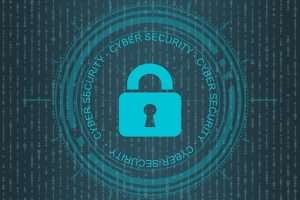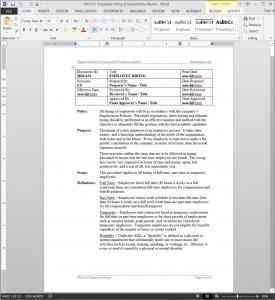How Do You Train Remote Employees to Work More Effectively?

The COVID pandemic turned the working world upside down. Within a short period, hundreds of companies switched from brick-and-mortar operations to running a business with remote employees. Leaving the question: How do you train remote employees to work more effectively?
How to Effectively Train a Remote Workforce
Along with them came millions of employees. Some had experience working remotely while others were totally clueless. By the end of the year, almost 80% of businesses switched to a remote workplace. Eventually, these companies found ways to train their remote workforce.
You can do this for your business as well. Here are a few suggestions to effectively train your own remote workforce.
Show Instead of Tell
The internet is a visual world. Emojis, memes, gifs, and trillions of images grace all corners of the digital surroundings. If it’s what your workforce is drawn to, then this form of information should be used to train them.
In other words, utilize a concept authors call on: show, don’t tell. Enhance text presentations with various image types. A live-action or whiteboard animation video tends to work to keep employees engaged.
Companies like COGNITIVE specialize in the latter form of recording. Plus, you can design these through various web applications and software packages. Make sure it’s thoroughly viewed and edited long before it’s presented to the workforce.
Onboarding New Hires
Remote work is becoming more common, so even though you may lack a physical structure to run your business you shouldn’t eliminate previous best practices. One of these is orientation or onboarding new hires. Without a process to gradually introduce your workforce to your practices and policies, they’ll feel untethered to their co-workers.
Always make orientation a part of training. In a way, it’s actually simpler to perform in a remote environment. There’s no need to give them a physical tour of their surroundings. The main thing to deal with is the company operations, tools, technology, and job responsibilities.
Ensure Easy Access
Technology has revolutionized our lives, but one of the main difficulties employees encounters when training is access to the technology. If they are unable to log in to the training system for one reason or another it changes their attitude. Instead of being eager to learn, they become frustrated and fearful that they’re missing out on important information. Continued issues cause them to leave.
Thus, ensure your workforce has easy access to the training modules. Provide a link and the necessary credentials for quick logins. Furthermore, have service representatives ready to immediately resolve any potential issues. Never leave an employee hanging.
Ensure Secure Access
On top of easy access, your workforce also needs to feel secure during training. Important personally identifiable information (PII) is up for grabs by cybercriminals if the training portal isn’t firmly protected.
One way that businesses protect data and access with solid security is a virtual private network (VPN). Once inside this environment, the employee’s digital signature is rendered anonymous. In turn, they have the power to safely peruse their training materials. Multi-factor authentication (MFA) also ensures secure access. It adds a secondary layer of authentication through a code sent through their smart device. Cybercriminals have a hard time accessing this when they aren’t in physical possession of the device.
Engage Your Employees
While it’s true your workforce learns much from reading text or listening to audio narrations, it also gets distracted. Large amounts of information at once dulls their senses. Soon enough, your workforce becomes distracted. As a result, they miss important details. The secret is to engage employees.
Instead of lecture-type presentations, create training that engages the reader. Animation and other graphics help this. Incorporate quizzes that must be completed for them to move to the next part in the presentation. These encourage your workforce to focus on the material.
Remain Online
Training your workforce doesn’t mean you send them presentation links and do something else. Abandoning both new and current workers shows them you don’t care. Therefore, if you’re willing to disappear, then what are the chances that the rest of the organization ignores them?
Thus, you must remain online during these training sessions. Be there to answer potential questions or resolve issues. When the presentation is complete, hold a meeting for further clarification and a discussion on what the employees saw.
Effective Remote Workforce Training
The above recommendations to effectively train a remote workforce are just a start. There are other methods and tools to improve remote team productivity that you’ll discover as you keep tweaking your presentations. Needless to say, don’t get frustrated if things don’t work out at first. The more you refine the virtual training sessions the better your workforce’s responses will be.
















Leave a Reply